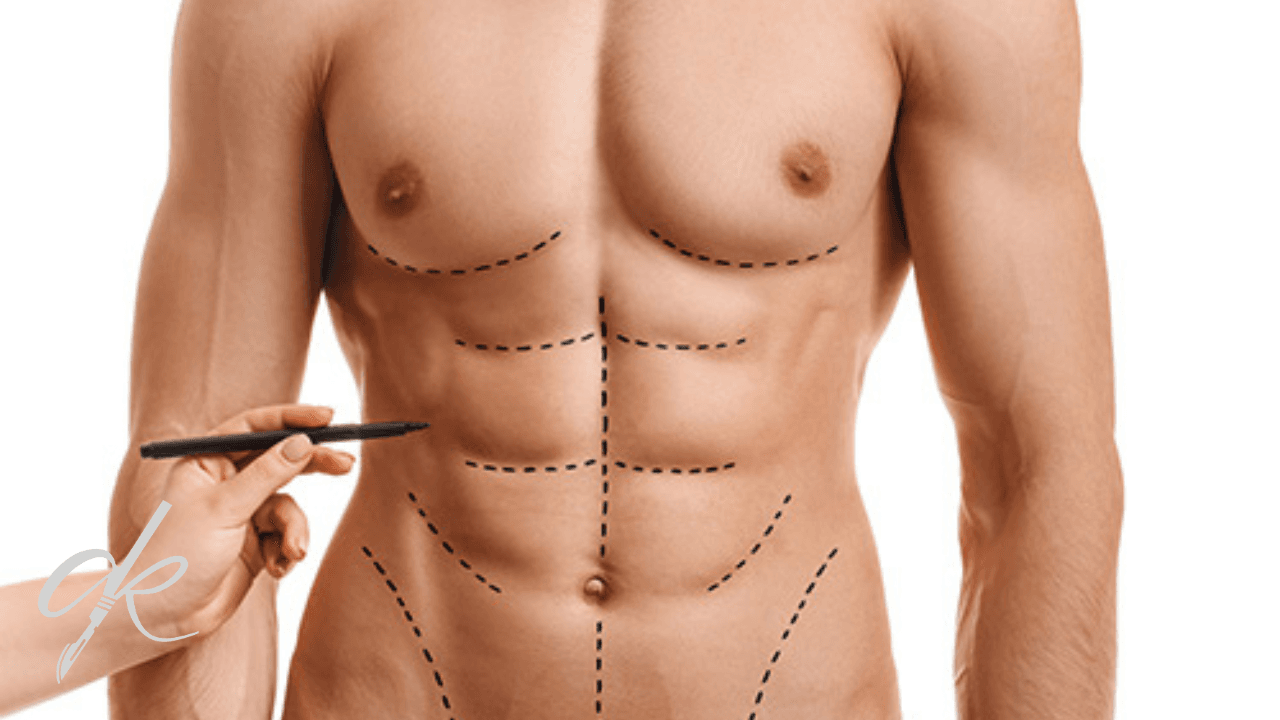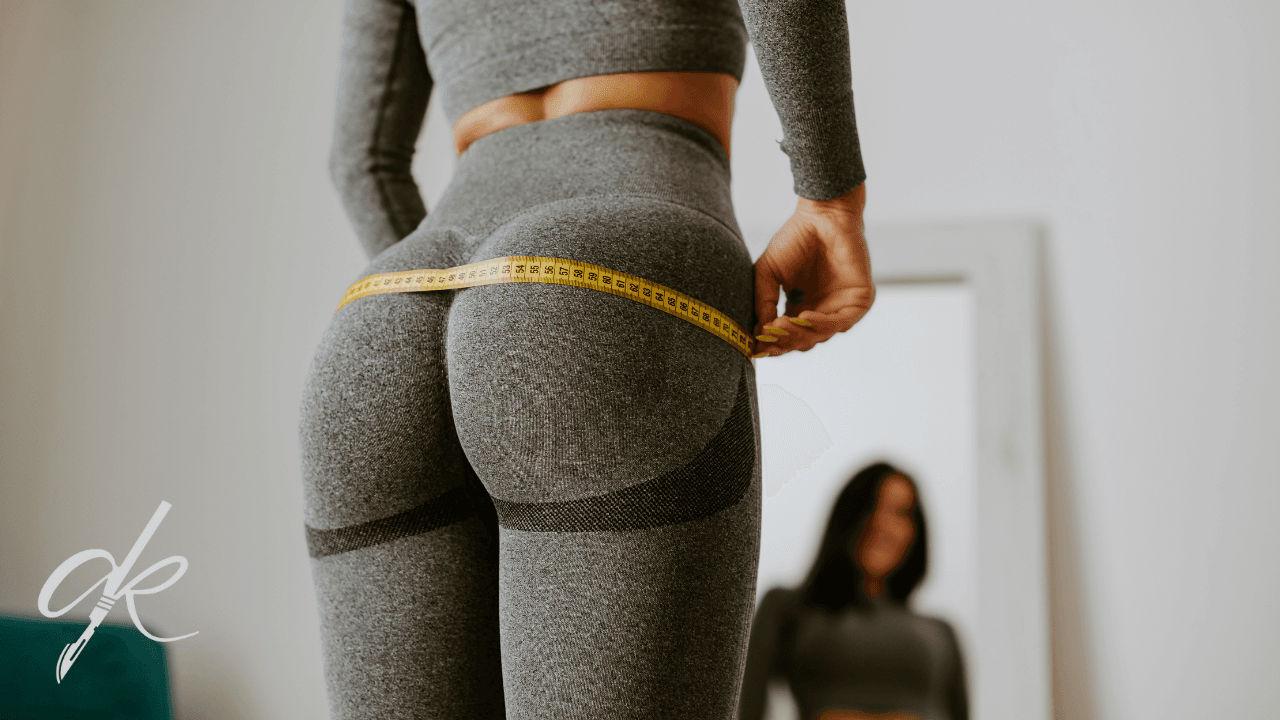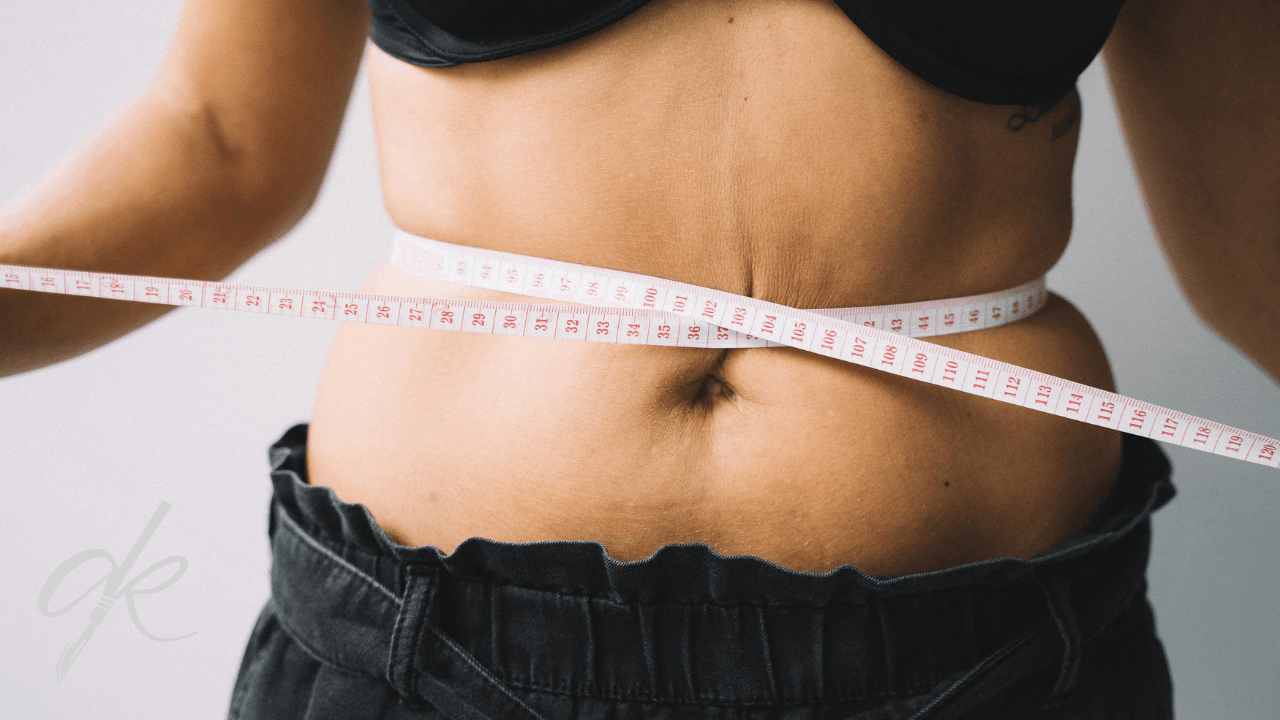Six-Pack Abs Aesthetics Post-Operative Recovery Guide: The Secrets to Achieving Your Dream Abdominal Muscles – Dr. Ahmet Kaplan
Hello dear readers, I’m Dr. Ahmet Kaplan, a Specialist in Plastic, Reconstructive, and Aesthetic Surgery. Today, I’ll be sharing detailed information about one of the most popular aesthetic operations in recent years: six-pack abs aesthetics, and the post-operative recovery process. Achieving that fit and muscular abdominal look you dream of is certainly possible; however, taking the right steps, being patient, and most importantly, showing maximum care during the post-operative recovery period are of great importance on this journey. Because lasting, natural, and truly impressive results are achieved not only by the success of the surgery but also by the subsequent care and attention.
What is Six-Pack Abs Aesthetics and Who Is It Suitable For?
First, let’s understand exactly what “six-pack abs aesthetics” means. This operation, also known as abdominal etching in medical terms, is a procedure where fat tissue in the abdominal area is specially sculpted to highlight muscle definition. Essentially, it aims to meticulously remove a thin layer of fat over the abdominal muscles (especially the rectus abdominis muscle) and reveal the natural contours of the muscles, using a combination of abdominoplasty (tummy tuck) and liposuction techniques. You can think of it as “lifting the curtain” from your muscles.
This aesthetic procedure is generally ideal for individuals who exercise regularly and pay attention to their diet but cannot fully define their abdominal muscles due to genetic factors or stubborn fat deposits. Applicable to both men and women, six-pack abs aesthetics provides a more athletic, fit, and aesthetic abdominal contour. However, we must remember that this is not a weight-loss surgery. Candidates with a normal or near-normal Body Mass Index (BMI), localized fat deposits, and good skin elasticity achieve the best results. If you are not at your ideal weight, the weight loss process should first be completed, and then this operation should be considered.
Post-Six-Pack Abs Aesthetics Recovery: Every Stage is Crucial
As much as the surgery itself, the post-operative recovery process is vital for the quality of the results. Patience, discipline, and strictly following your doctor’s advice are key to a smooth recovery and achieving the look you desire. Let’s examine this process step by step:
First 24 Hours Post-Op: The Critical Turning Point
The first 24 hours after surgery lay the foundation for the recovery process, and the care shown during this period directly affects subsequent stages.
- Rest, Rest, Rest!: After surgery, your body needs rest. Absolutely avoid excessive movement and sudden, strenuous actions. For the first few hours, you might feel drowsy due to the effects of anesthesia and pain. Lie down as much as possible and rest. Even if you try to move, it should be very gentle and controlled.
- Pain Management Must Never Be Neglected: Post-operative pain is an expected situation. However, with modern anesthesia techniques and effective painkillers, this pain can be easily controlled. Regularly and timely using the pain medication prescribed by your doctor will increase your comfort and allow you to focus on the recovery process. If your pain threshold is low or you experience severe pain, do not hesitate to contact your doctor.
- Compression Garment (Girdle): Your Closest Friend: Immediately after surgery, you will be fitted with a special compression garment or girdle. This girdle is crucial for minimizing swelling and bruising, adapting the skin tissue to the new contours, and ensuring homogeneous healing. The tightness of the girdle might feel uncomfortable, but this tightness is one of the keys to success in the healing process. It’s very important not to remove this girdle for the duration specified by your doctor, both in the first 24 hours and throughout the following weeks.
- Fluid Intake: Detox Your Body: Drinking plenty of water is critical not only after surgery but also for your general health. In the post-operative period, however, water helps eliminate anesthetic drugs from the body, cleanse toxins, and regenerate cells. Aim to consume at least 2-2.5 liters of water per day. Herbal teas can also be supportive, but you should avoid caffeinated beverages (coffee, cola, etc.) and alcohol.
First Week: Reducing Swelling and Bruising
The first week after surgery is when swelling and bruising are most prominent. Do not worry about this; it is a completely normal and expected reaction.
- Movement Restriction Continues: During the first week, you must absolutely avoid strenuous exercise and sudden, forceful movements. Bending, reaching, and other movements that strain the abdominal muscles can negatively affect wound healing. Continue to rest as much as possible. However, remaining completely immobile is also not correct. With your doctor’s approval, you can start taking short, light walks inside the house. This helps increase blood circulation and reduces the risk of clots.
- Stitch and Wound Care: Zeroing the Risk of Infection: Keeping the stitch areas clean and dry is vital to prevent the risk of infection. Regularly clean the stitch areas with antiseptic solutions or creams recommended by your doctor. Generally, you will not be allowed to shower for the first few days after surgery. When showering is permitted, be careful not to get water on the stitch areas or use special protective bandages recommended by your doctor.
- Nutrition: Your Body’s Building Blocks: During this period, nutrition is very important for rapid tissue repair and overall recovery. Focus on a protein-rich diet. Protein sources such as chicken, fish, eggs, and legumes support tissue regeneration. Regulate bowel movements with plenty of fibrous vegetables and fruits to prevent constipation (constipation can cause strain in the abdominal area). Reducing salt intake will help reduce swelling more quickly. Stay away from processed foods, sugary drinks, and fast food products.
Weeks 2-4: Gradual Return to Activity and Swelling Reduction
During this period, swelling gradually begins to subside, bruising diminishes, and you start to feel better. You can now gradually return to your daily activities.
- The Importance of Light Walks Increases: Continue to take short daily walks to further increase blood circulation and gradually activate your body. These walks will help you recover both physically and psychologically. Choose walks at a comfortable pace on flat surfaces, without overexerting yourself.
- Massage and Lymphatic Drainage: The Most Effective Way to Reduce Swelling: At this stage, professional lymphatic drainage massage is highly recommended, especially for faster swelling reduction and smoother skin. These special massage techniques stimulate the lymphatic system, helping to eliminate accumulated fluid and toxins from the body. Your doctor will guide you on this. Avoid self-administered harsh massages.
- Compression Garment Use Must Continue: As in the first weeks, regular use of the compression garment remains vital during this period. Your doctor will generally advise wearing it for at least 4-6 weeks, but this duration may vary per individual. The pressure provided by the garment helps the skin conform to the new contour and reduces swelling more quickly.
Months 1-3: Results Become Prominent and Return to Normal Life
This period is when the actual results of six-pack abs aesthetics begin to become apparent, and you will feel much better.
- Gradual Return to Exercise: With your doctor’s approval, you can start light exercises. These will typically be cardio-focused exercises that don’t directly strain the abdominal muscles (walking, light jogging, elliptical trainer). You may need to wait a little longer for strenuous exercises that directly work the abdominal muscles, such as weightlifting or sit-ups. Listen to your body and stop if you feel pain.
- Scar Reduction: Saying Goodbye to Marks: Surgical scars will fade over time, becoming less noticeable. However, there are things you can do to accelerate this process and improve the appearance of scars. Your doctor’s recommended silicone gels, creams, or silicone sheets should be used regularly. These products help the scar tissue mature and lighten in color. Additionally, it is crucial to protect healing scars from sun exposure. Sunlight can cause scars to permanently darken. Therefore, never neglect to use high-factor sunscreen.
- Balanced Diet and Exercise: The Foundation of Lasting Results: While six-pack abs aesthetics gives you the desired look, maintaining this look is entirely in your hands. Adopting healthy and balanced eating habits, avoiding processed foods, and regular exercise will help preserve your new muscle contours and prevent fat accumulation. The best way to maintain the six-pack appearance is to adopt a healthy lifestyle, just as you did before the surgery.
What to Avoid After Six-Pack Abs Aesthetics: Your “Do Not” List
To ensure a smooth recovery and prevent potential complications, you should absolutely steer clear of certain things:
- Smoking and Alcohol Consumption: Smoking constricts blood vessels, reducing the amount of oxygen supplied to tissues and significantly slowing down wound healing. Alcohol can thin the blood and increase swelling. You should absolutely refrain from smoking and alcohol consumption for at least 4-6 weeks before and after the surgery.
- Heavy Lifting and Strenuous Exercise: Unless your doctor approves, avoid heavy lifting, sit-ups, weight training, and other strenuous exercises that strain the abdominal muscles. Such activities can lead to stitches opening, bleeding, or hernia formation.
- Sun Exposure: Direct exposure of post-operative scars (incisions) to the sun can cause them to darken and become more noticeable. Protect scars with clothing or use high-factor sunscreen during the healing process.
- Premature Discontinuation of Compression Garment Use: The support and compression provided by the garment are a critical part of the healing process. Do not remove your garment before the time specified by your doctor. Doing so can lead to increased swelling and undesirable shaping.
Frequently Asked Questions (FAQ): All Your Answers
Here, I’d like to answer some of the most common questions my patients ask after six-pack abs aesthetics:
1. How long does pain last after six-pack abs aesthetics?
Generally, a mild-to-moderate pain is felt for the first 3-4 days after surgery. This pain can be very comfortably controlled with the painkillers prescribed by your doctor. Most patients report a decreased need for pain medication or its complete cessation by the end of the first week.
2. When is full recovery completed?
The final shape and full recovery after six-pack abs aesthetics can take 3 to 6 months, varying from person to person. However, the first noticeable results, where swelling has significantly reduced, are usually seen within 6-8 weeks. Complete resolution of swelling and clarification of muscle lines may take this long.
3. Is the six-pack appearance permanent?
Yes, the muscle definition achieved with six-pack abs aesthetics is permanent, as fat cells are removed from that area during the operation. However, this “permanence” is directly related to your lifestyle. If excessive weight gain, an irregular diet, and a sedentary lifestyle are adopted after the operation, new fat cells can form or existing fat cells can enlarge, which can disrupt the six-pack appearance. Therefore, a healthy diet and regular exercise are essential for maintaining the achieved results.
4. Do surgical scars disappear?
In six-pack abs aesthetics, scars are usually placed to be hidden within the bikini or underwear line in the lower abdomen. Scars will fade over time and approach your skin tone, becoming less noticeable. However, they do not completely disappear. Proper wound and scar care (using silicone gels, massage, sun protection) can significantly reduce the visibility of scars. Everyone’s wound healing rate and scar formation differ, so results may vary from person to person.
5. When can I return to sports?
This depends on the extent of the operation and your personal healing rate. Generally, light walking can be started a few days after surgery. Lighter exercises (like cardio, light jogging) can be resumed from the 4th week onwards, with your doctor’s approval. For exercises that directly work the abdominal muscles, such as heavy weightlifting or high-intensity sit-ups, it is generally recommended to wait for 6-8 weeks. Always follow your doctor’s advice and listen to your body.
Achieve Your Dream Abs with Me in Istanbul, Turkey
Six-pack abs aesthetics is an effective method that provides a more fit, athletic, and aesthetic abdominal contour in both men and women, yielding highly satisfying results. However, this success is achieved not only through the surgery itself but also through the care and discipline shown during the post-operative recovery process. A healthy lifestyle and adherence to all your doctor’s recommendations are the most important steps to achieve and maintain the look you desire.
If you are considering six-pack abs aesthetics, consulting with an experienced specialist is the right step. At my clinic in Istanbul, Turkey, I can provide you with a personalized assessment, create a customized treatment plan, answer all your questions, and guide you on your journey to achieving your dream abdominal muscles.
Remember, every aesthetic operation is unique to the individual, and the best results are achieved through accurate information, a professional approach, and the patient’s adherence to the treatment.
I wish you healthy and aesthetic days,
Dr. Ahmet Kaplan





